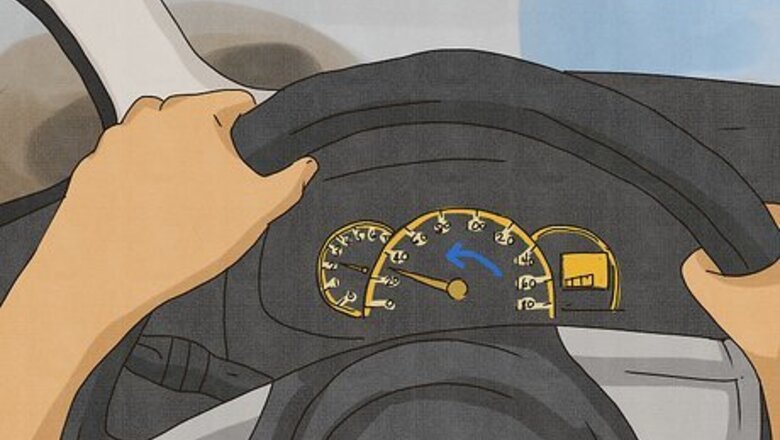
views
Modifying Your Driving
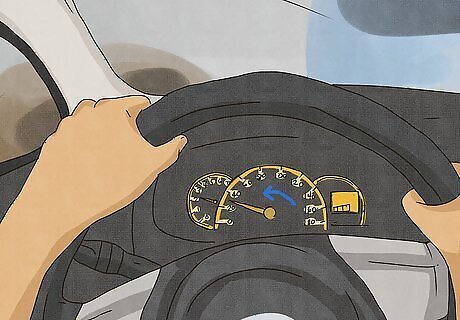
Slow down. Speeding reduces the time you have to react and increases the likelihood of you having an accident. The faster you’re going, the harder it is to slow down. When you can't slow down, you are risking the possibility of causing an accident. Remember that police officers often stay hidden from view while looking for speeders. If you're caught driving too fast, they won't hesitate to give you a ticket. While this isn’t an accident, it’s certainly another thing you want to avoid.
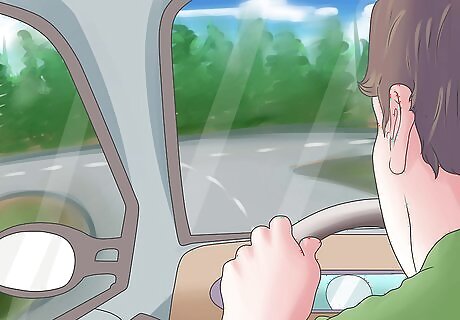
Stay in your lane. Defensive driving means letting others go ahead of you and not defending your position in traffic. Avoid the urge to be a vigilante ("Oh yeah? Let me show you what it's like to be cut off like that!") and stay away from weaving and cutting others off by sticking to your lane. Accept the fact that someone is always going to think they're in more of a hurry than you. These are the drivers you want to move far away from. Don't be tempted to “teach them a lesson” – it won't work. In general, avoid the left lane except to pass other cars. It’s where most accidents happen. You also have more "escape routes" in the right lane should a problem suddenly arise that requires you to quickly change lanes or pull onto the shoulder.

Drive with both hands on the wheel. Two hands on the wheel allow you more control over the car if an emergency situation were to arise. Imagine having one hand leisurely resting on it when you have to swerve out of the way – you lose that precious split second in adjusting your position that could mean the difference between safety and an accident. Keep your hands in the 10 o’clock and 2 o’clock positions. While this isn’t necessarily the most comfortable, this position does allow you the most flexibility should you suddenly need to adjust your course.

Don't tailgate the car in front of you. No matter how slowly traffic is moving, keep at least two seconds of following distance between you and the car ahead of you. Any less and you won't be able to stop in time if the driver in front of you slams on their brakes. This is especially important during high traffic times. You may think the car ahead of you is speeding up significantly, when really they’re moving forward only to stop again. If you don’t tailgate, you’ll put less wear on your brakes and save gas, too. All that stopping and starting isn’t good for your vehicle.
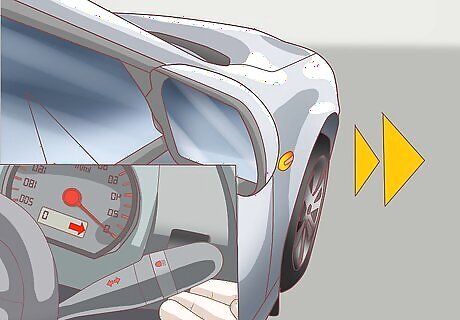
Use your signals properly. Always use your signal, even if you think no one is there. When changing lanes on the freeway, don't signal as an afterthought or during the lane change. Signal at least a couple of seconds in advance so others know what you're going to do before you do it and can account for your actions should there be an issue. Ever notice how most of the skid marks along the highway are just before an exit ramp? This is where you have to be the most careful.
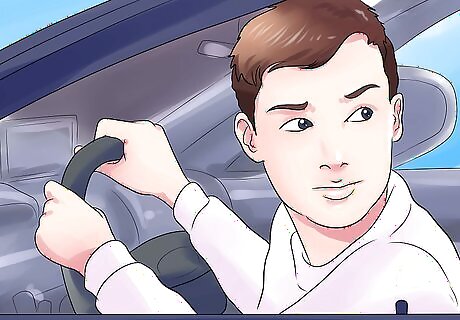
Keep your eyes moving. Don't get in the habit of staring at the back of the car ahead of you. Periodically shift your eyes to the side-view mirrors, the rear-view mirror, and ahead to where you'll be in 10-15 seconds. Doing this, you can spot a potentially dangerous situation before it happens. This can help you predict what traffic is going to do. Looking at the cars a few ahead of you will let you know whether you’ll have to soon hit the brakes or not. This will help you monitor your blind spot as well, which makes it much easier to know if the lane changes you want to make are safe.
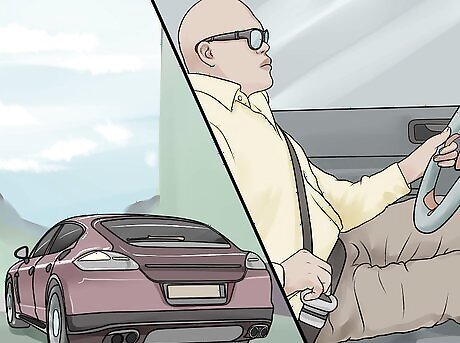
Always wear a seat belt. This is a must, no matter where you are, what kind of car you're driving, or where you're driving to. By law in many countries, all cars must have a safety restraint and it must be used. Buckling up only takes a second and can save your life in an accident. Children should always be in a booster seat or car seat until they are tall enough and heavy enough to sit by themselves. This generally includes children age eight and under. Never put a child in a car or booster seat in the front passenger seat or another seat with airbags. Children should generally be 12 and older when sitting in the front passenger seat.
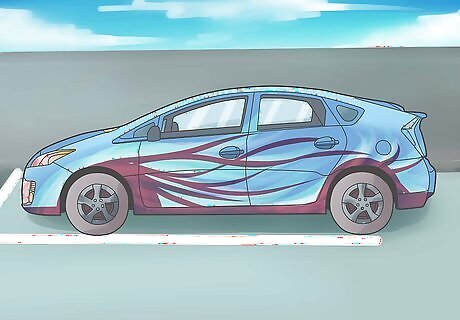
Drive in the curbside lane in street traffic. Staying within the protection of the curbside lane will reduce the likelihood of a collision with oncoming traffic in two- or four-lane city streets. And instead of having traffic on both sides of your vehicle, as you have when you are in the non-curbside lane, you only have traffic on one side, which lessens the probability that another driver will hit your vehicle in one way or another.
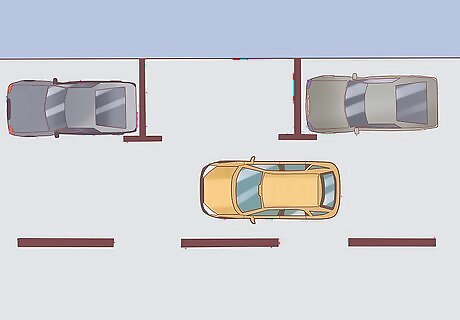
Park between two other vehicles. Many minor car accidents occur in parking lots, mostly when either parking or leaving the parking space. If you park in a space without vehicles in the spaces to either side of you, this potentially gives several other cars the chance to hit your vehicle while attempting to park next to it. If you park between two other vehicles, you reduce the chance that other cars will attempt to park next to yours and possibly hit it.
Avoiding Distractions
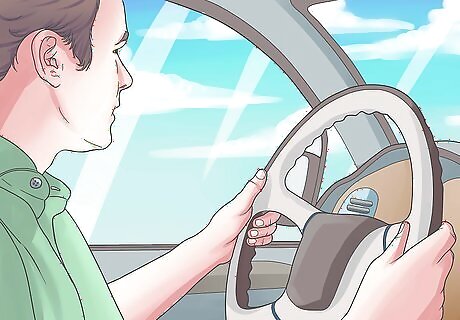
When you're driving, only drive. Pull over if you need to talk on the phone, read directions, eat a snack, or mess with your iPod or CD player. It only takes a second or two of distraction to get into trouble, to miss that obstacle in the middle of the road or the car in front of you coming to a jarring halt. The last thing you want is your mind and hands busy when an emergency situation arises. This is important to keep yourself accountable, but it's also important to keep away from others that aren't so careful. Giving driving 100% of your concentration will help you avoid the drivers that are texting, eating, or not really paying active attention.
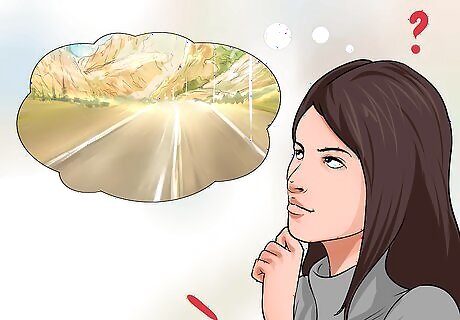
Avoid driving at night. Most accidents happen at night or in the wee hours of the morning. Here’s why: It is more difficult to see, regardless of the weather. You and other drivers are more tired. Your reaction times are slower, making driving overall more dangerous. You will have the greatest chance of meeting up with a drunk driver at night.

Don’t text or talk on the phone while driving. If your eyes are on your phone or your thoughts are anywhere else other than on the road, you’re more likely to get into an accident. Approximately one-quarter of all traffic accidents are related to cell phone use in America. That's 25% – or 1.3 million crashes.
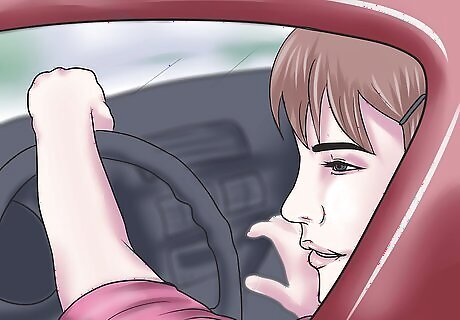
Try to avoid driving in bad weather. Inclement weather – be it fog, the wind, rain, or snow – means your car can’t perform as normal and neither can the cars around you (regardless of how good a driver you are or those around you are). And even if no one is around you, you still run the risk of having a weather-related accident. Here's a few things to keep in mind: Always keep your windshield wipers going in the rain or snow Defrost your windshield to keep it from fogging up Turn on your headlights to help others to see you If possible, try to avoid driving in the snow at all, especially if your car is rear wheel drive. If you must go out in the snow, drive extra slow, use the brakes and gas pedal gently, and maintain an increased stopping distance.
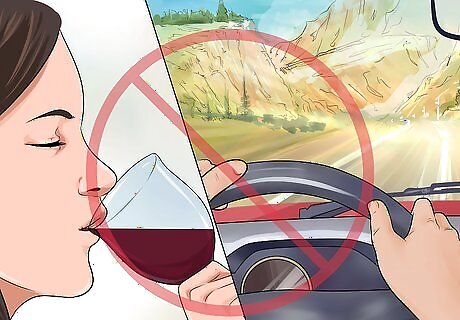
Never get into a car with a drunk driver. It is always best to have a "designated driver.” If someone you're with wants to drive and they've been drinking, don't let them. There are taxis, public transit, and people you can call for assistance. There is no reason to drive when alcohol is on the scene. Never drive after you have had alcoholic beverages either. Even one beer can alter your ability to drive safely. After all, buzzed driving is drunk driving, especially to the cops.
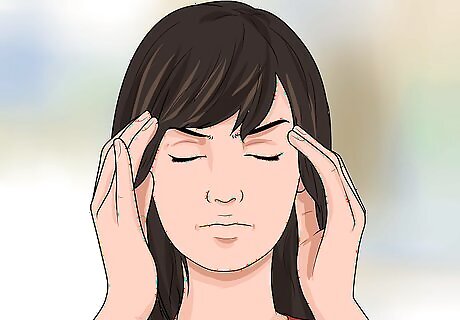
Don’t drive when you’re tired, whether it’s night or not. When you're tired (especially if you fall asleep easily or have narcolepsy), your reaction time is impaired. Your brain isn't firing on all cylinders and you drive on autopilot, unable to take in all the stimuli around you. When that happens, you are more likely to put yourself in a dangerous situation without even realizing it. Be aware that some medications can cause drowsiness and make operating a vehicle very dangerous. If you've started a new medication, ask your doctor if it is still safe to drive.

Watch out for approaching emergency vehicles. These vehicles (primarily Fire Department vehicles and ambulances) can override the normal pattern of traffic signals in some circumstances. Even if your light is green, you shouldn't go. Some cities have the technology to turn your light red, but others don't. If you're in a situation where you're moving forward, move to the right onto the shoulder to let them pass. Both the emergency vehicle and the traffic signal must be equipped with the appropriate devices, and only some cities and certain intersections have such devices installed. One of the most common is the "Opticom" system, basically recognized as a very fast flashing white strobe light mounted at or near the top of the emergency vehicle (not the "wig-wag" flashing high-beam headlights). A small receiving unit mounted on the traffic signal pole receives the "strobe code" and turns traffic lights green for the approaching emergency vehicle and red in all other directions. Such systems have been shown to reduce traffic accidents and injuries/fatalities involving emergency vehicles while improving response times to life-threatening emergencies. Emergency vehicles can only take control of intersection traffic lights if they are traveling in an emergency response mode – with all emergency lights activated and siren sounding. Once the emergency vehicle travels through the intersection, the traffic signal returns to its normal pattern.
Keeping Your Car Safe
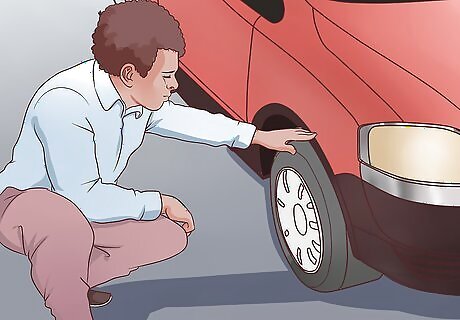
Keep your tires properly inflated. According to a recent study, five percent of all vehicles experience tire problems immediately before a crash. Tires that are underinflated by more than 25 percent are three times more likely to be involved in a crash related to tire problems than vehicles with proper inflation. What’s more, tires underinflated up to 25 percent run the risk of overheating, leading to failure, and at the very least adversely affecting handling and tread life.
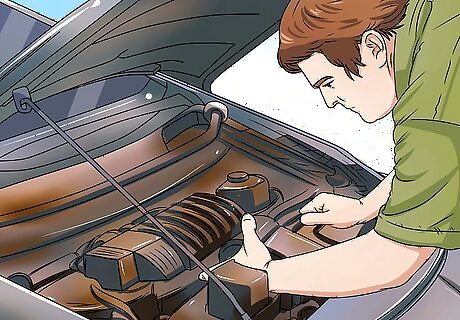
Go in for regular tune-ups. When your car is in tiptop shape, the likelihood of you getting into an accident due to a technical malfunction is greatly reduced. You can't prevent the weather, but you can prevent your car from causing your next accident. Get your brakes checked. A surefire way to get into an accident is to have your brakes go out on you. Get your brake lining checked by your mechanic the next time you’re in for a tune-up.
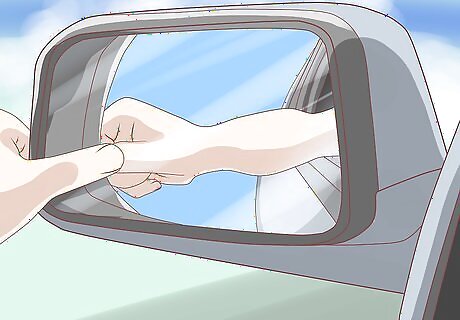
Keep your windshield and mirrors clean. Simply enough, to avoid accidents, you’ve got to be able to see. With your vision even slightly impaired, you could lose that split second you need to adjust your course and put yourself in danger. Keep the mirrors positioned well, too. If you can’t see what’s behind you, next to you, or in your blind spot, you’re much, much more likely to get into a car accident.
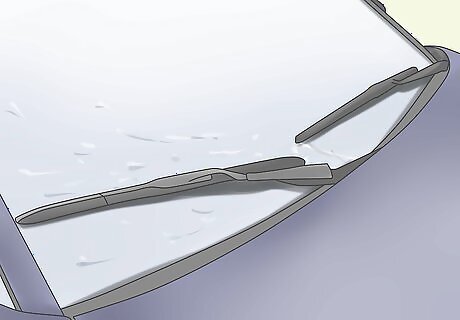
Replace your windshield wipers regularly. In the event that you run into bad weather (snow or rain), it’s imperative that your windshield wipers work well. If they don’t, you won’t be able to see out of your car and properly determine what’s in front of you and how far away it is. The accident you could get you might not even see coming. You can do this yourself quite easily. Read wikiHow's How to Change the Wiper Blades on Your Car for more information.















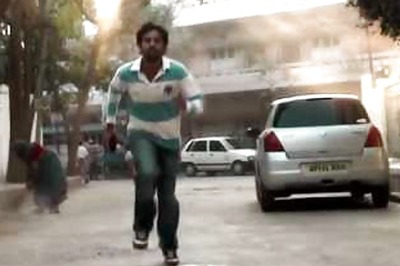

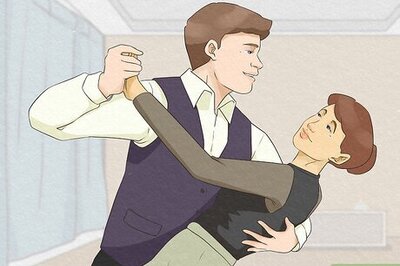
Comments
0 comment